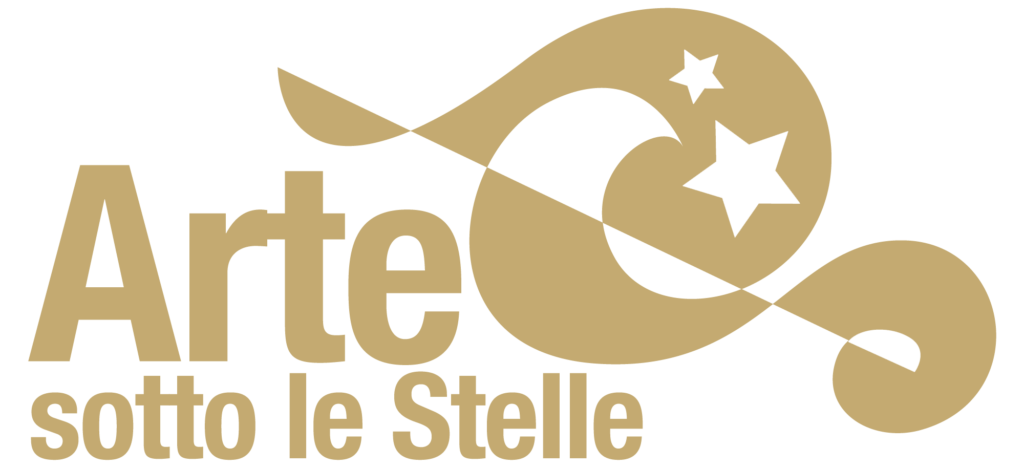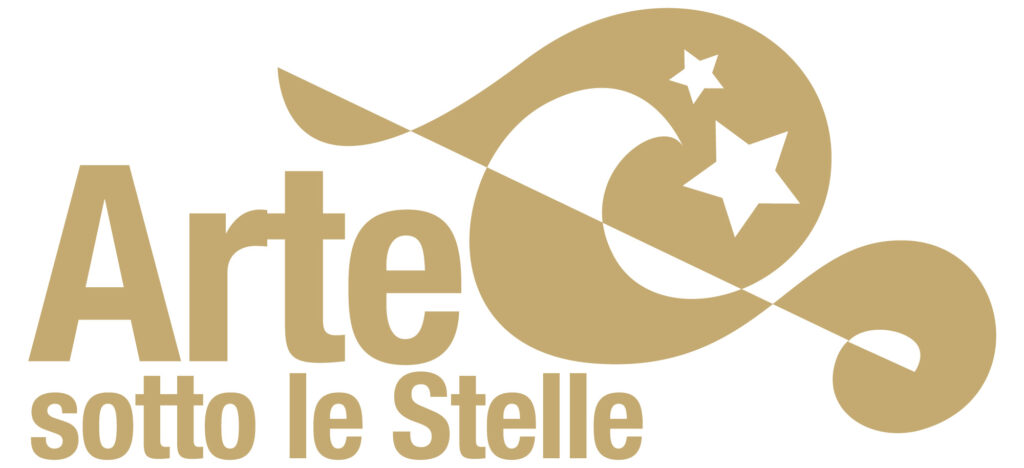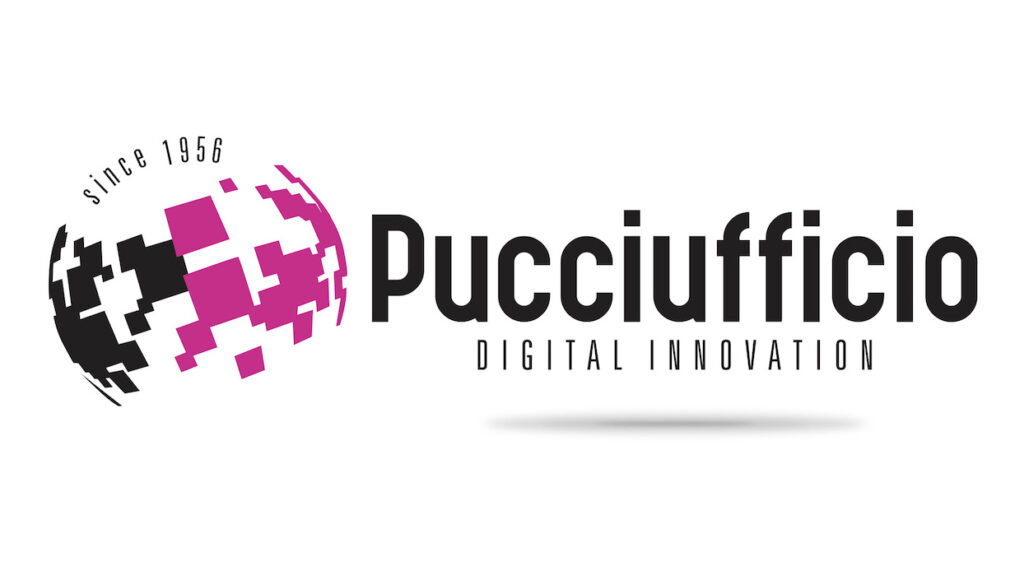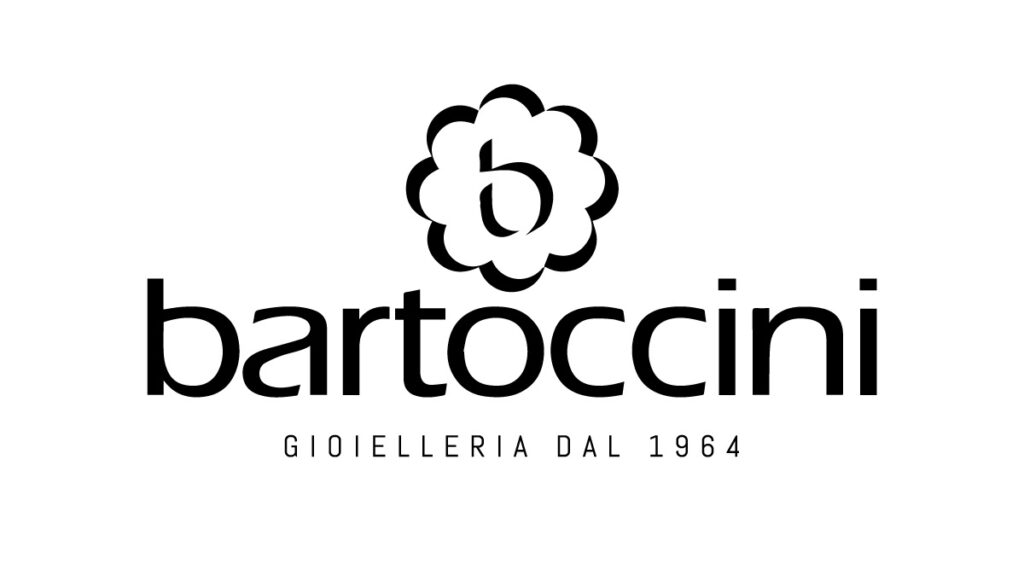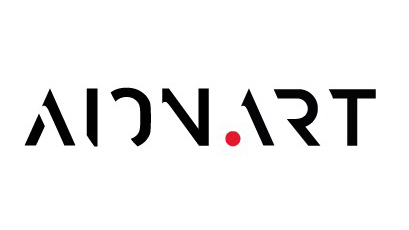Comune di Deruta
Il territorio che connota il Comune di Deruta è famoso in tutto il mondo per l’antica e raffinata arte della produzione ceramica.
La cittadina di Deruta sorge su una collina, a metà tra la fertile valle del fiume Tevere e parte della Valle Umbra. Secondo la tradizione, il nome nasce come variante di “Diruta”, cioè “rovinata”, in riferimento alla fuga dei perugini dalla loro città, incendiata da Ottaviano nel 40 a.C. durante la guerra civile che lo vede opporsi a Lucio Antonio. Gli abitanti della città distrutta, “diruta”, si dovettero stabilire sul colle dell’odierna Deruta, che prese così il nome di “Perugia vecchia”.
L’attività di creazione delle ceramiche, considerate vere e proprie opere d’arte e tuttora prodotte, è attestata dagli ornamenti che decorano il centro storico e da numerose le fornaci, alcune già presenti addirittura dal XII/XIII secolo, come le “Fornaci di San Salvatore” che si trovano a ridosso delle mura castellane, rinvenute nel 2008. L’importante scoperta dei resti di queste antiche fornaci e di un gran numero di reperti ceramici (boccali, brocche e fiasche), arricchisce oggi il percorso museale del “Museo della Ceramica” collegato da un tunnel sotterraneo a quest’area archeologica, consentendo di percorrere un “viaggio unico”, dalla cottura della ceramica alle collezioni storiche, fino alle produzioni del Novecento.
All’interno della Pinacoteca civica, tra i dipinti di rilievo, si trova anche un dipinto eseguito da Perugino, che mostra l’antico aspetto di Deruta nel Rinascimento.
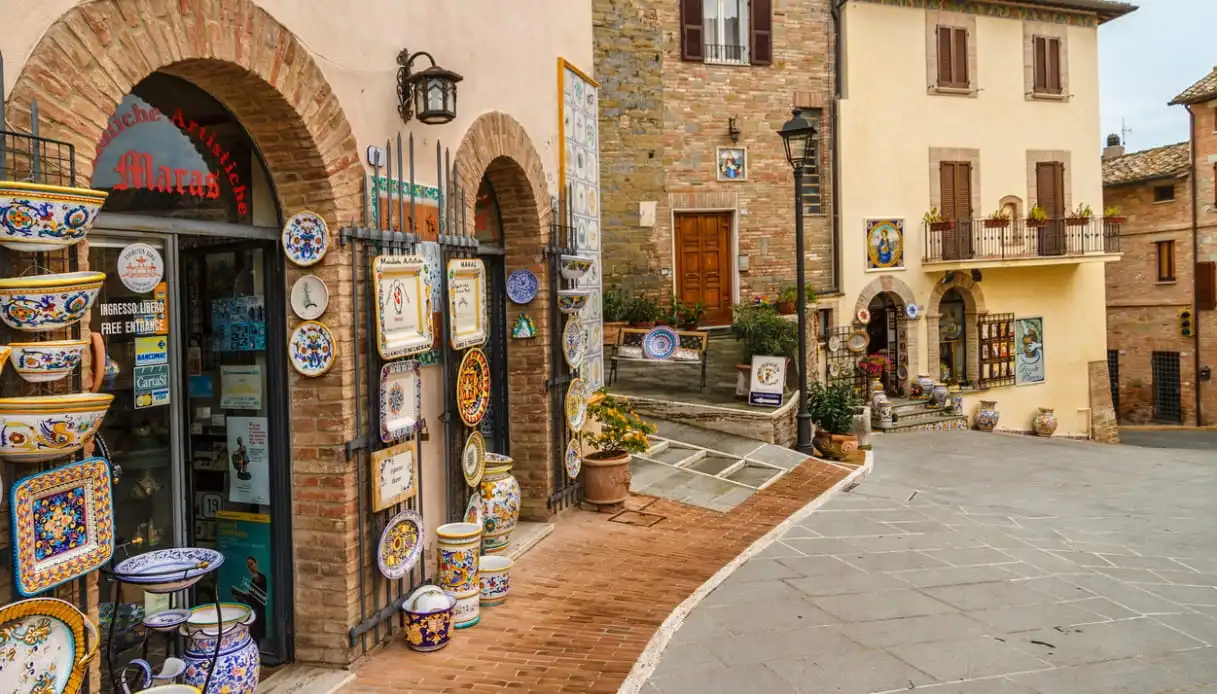
Sito ufficiale:
“La ceramica di Deruta al tempo di Perugino”
approfondimento a cura del Prof. Giulio Busti, Conservatore del museo regionale della ceramica, Deruta
A partire dalla metà del Quattrocento, probabilmente a seguito della consistente immigrazione di maestri vasai favorita dalle misure di esenzione fiscale disposta dalle autorità per il ripopolamento del castello dopo un’epidemia di peste, le botteghe derutesi accrescono il loro repertorio tecnico e decorativo con l’acquisizione della tecnica del lustro, nuovi sistemi di produzione, foggiatura e cottura riducendo gli scarti di lavorazione migliorando il loro assetto economico.
La ceramica perde le originarie funzioni d’uso, e trova espressioni più raffinate sia nelle forme, dal profilo meno severo di quello in uso nella maiolica arcaica trecentesca, che nelle decorazioni sempre più elaborate e ricercate e nelle raffigurazioni che soggetti allegorici amorosi, simboli araldici in stile tardo gotico, perlopiù effigiati nei grandi piatti dal centro concavo e una larga tesa, cosiddetti “piatti da pompa” perché destinati ad essere esposti nelle credenze o appese alle pareti dei saloni delle dimore rinascimentali.
Si tratta di un genere che fece la fortuna dei vasai derutesi almeno fino alla fine del secolo XVI e che favorì il rapporto con la contemporanea pittura umbra.
I vasai di Deruta dovrebbero aver conosciuto il giovane pittore Pietro Perugino nel 1476 quando il maestro è al lavoro, nella chiesa principale di Deruta dedicata a San Francesco, per la pittura dell’affresco dei santi antipestiferi Rocco e Romano che il comune di Deruta gli aveva commissionato con decreto pubblico per la fine di una grave epidemia.
Tuttavia, una maggiore influenza peruginesca sulla ceramica di Deruta sembra provenire dagli affreschi eseguiti nella volta del Collegio del Cambio tra il 1496 e il 1500 quando Perugino era all’apice della sua carriera artistica. Le Sibille, i Profeti, gli Uomini illustri, la Venere, affascinano di storia antica l’immaginario collettivo.
Il volto della Sibilla Eritrea sarà l’icona preferita per rappresentare, nei piatti derutesi, la “bella donna” come prototipo di bellezza ideale, che gli amanti potevano commissionare ai vasai per dedicarli alle proprie mogli e fidanzate.
Il profilo a mezzo busto, ripreso dalla Sibilla di Perugino, rivolto a destra o a sinistra, affiancato da cartigli svolazzanti su cui era scritto il nome della amata e l’aggettivo “Bella”, fu replicato infinite volte, ma sempre con qualche variante: in blu e lustro oro, in policromia, con cornici a occhio di penna di pavone, a raggiera, a foglie d’acanto. Tanti sono gli esemplari superstiti, oggi conservati nelle collezioni private e nei più importanti musei del mondo, da segnalare il piatto nel Fitzwilliam Museum di Cambridge o quello policromo nel Museo Nazionale del Bargello a Firenze con la “Fiambetta Bella”.
Ma ancora, i piatti derutesi accolsero i ritratti di uomini illustri o delle virtù, ripresi dai personaggi di Perugino ritratti negli affreschi del Collegio del Cambio, perché fossero di monito o di esempio anche fra le mura domestiche e, così, le decorazioni delle volte o dalle tarsie lignee nel Cambio, come i girali fioriti, le grottesche, i delfini, il grifo perugino che si trovano replicati nelle opere di Nicola Francioli, detto “Co”, uno dei più grandi pittori italiani di maiolica.
CONTRIBUTO DEL CONSERVATORE DEL MUSEO REGIONALE DELLA CERAMICA GIULIO BUSTI


